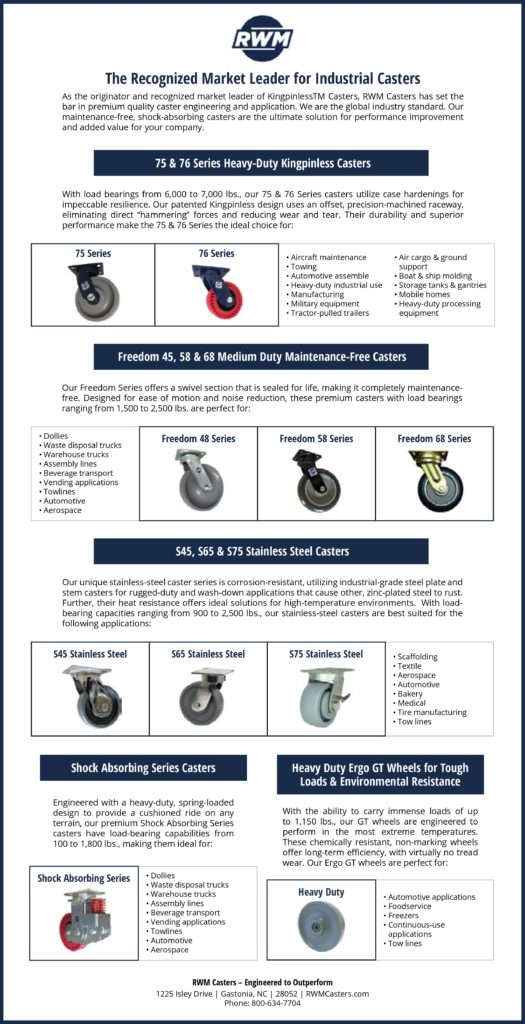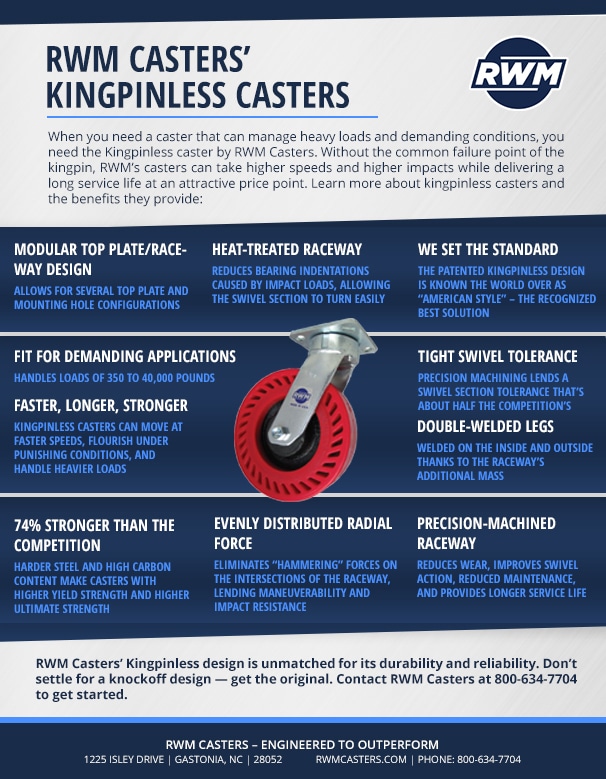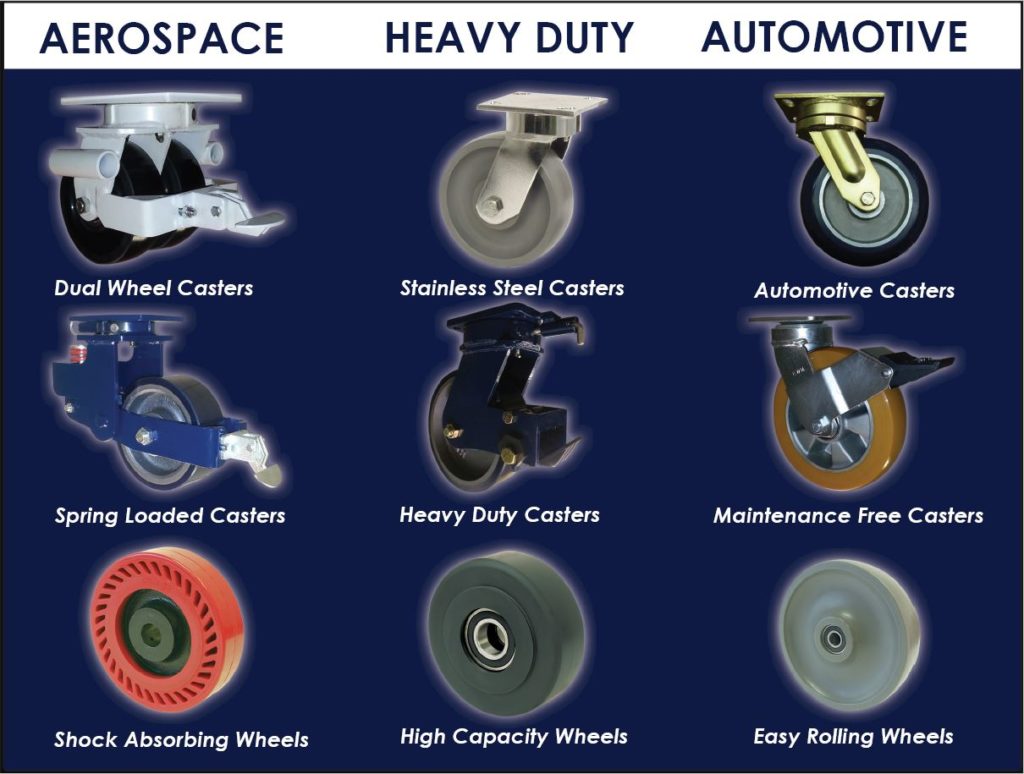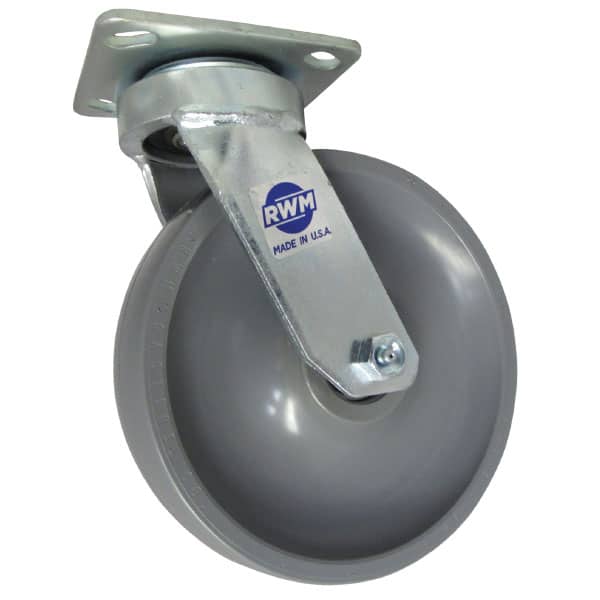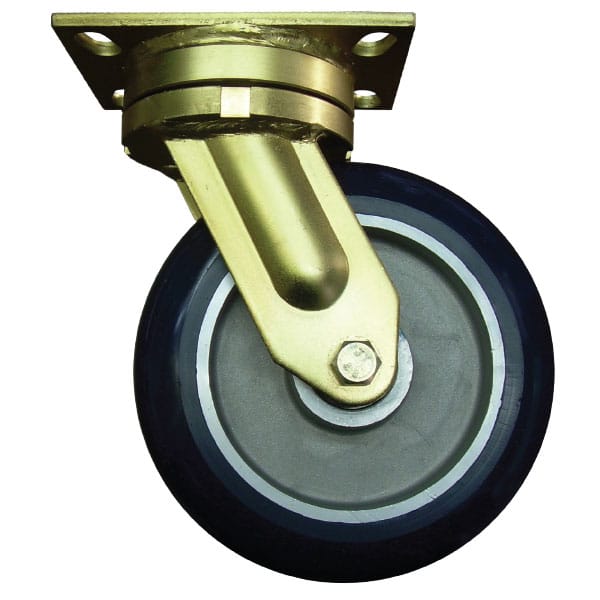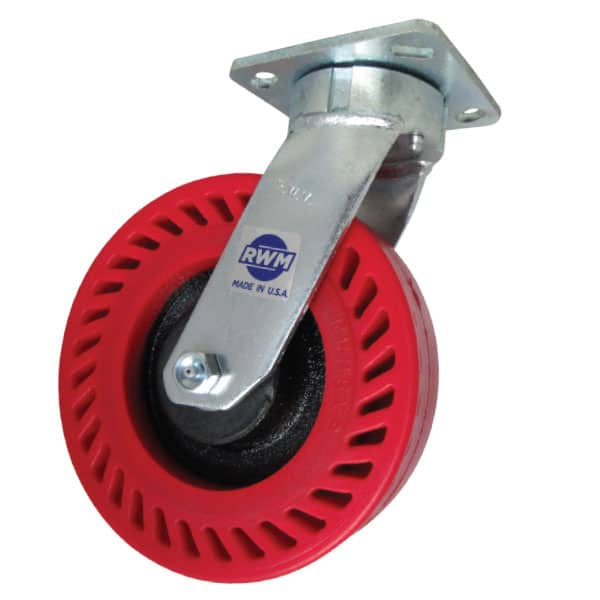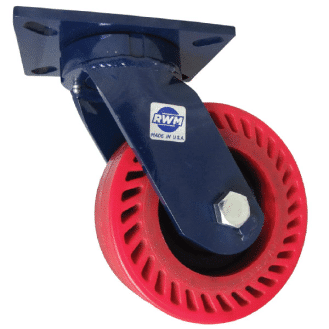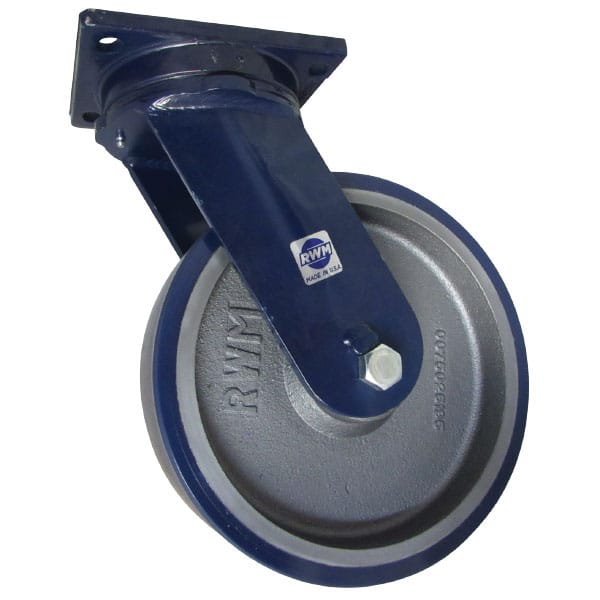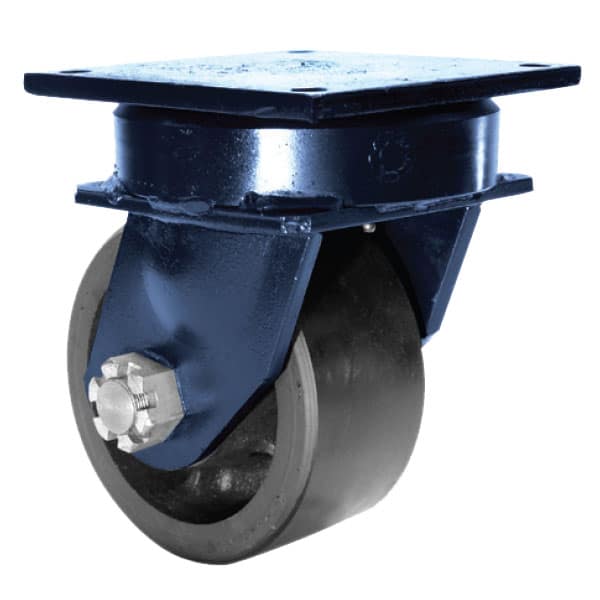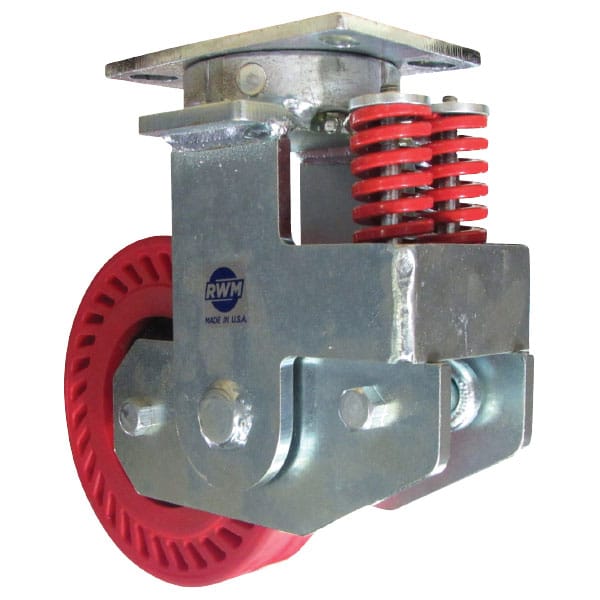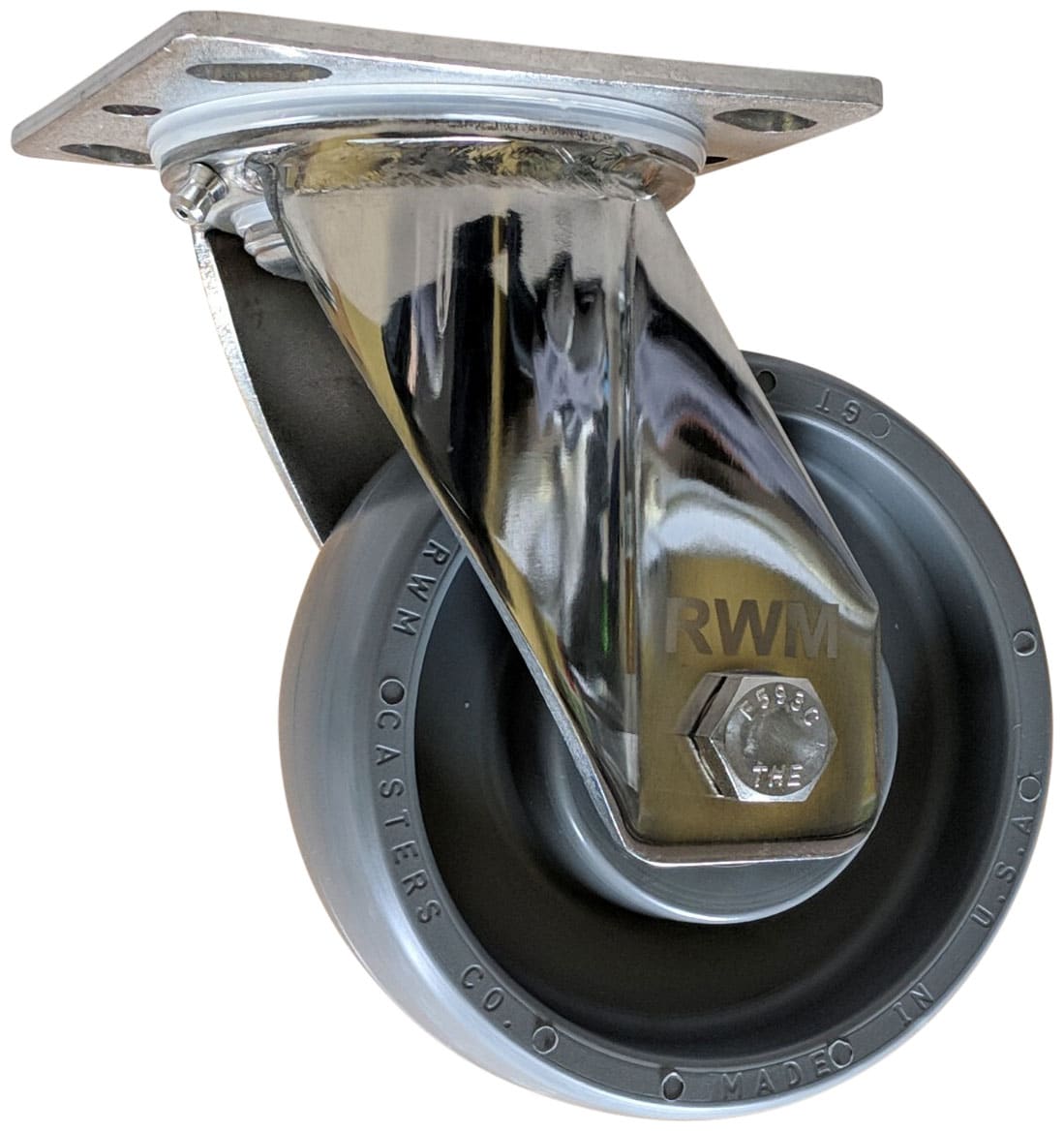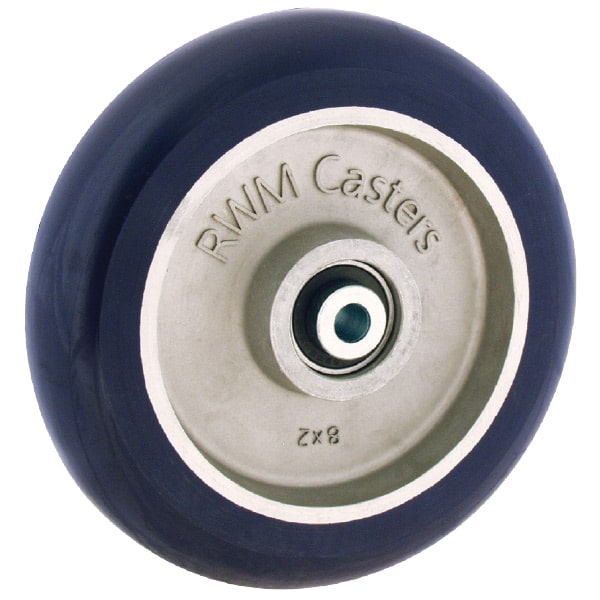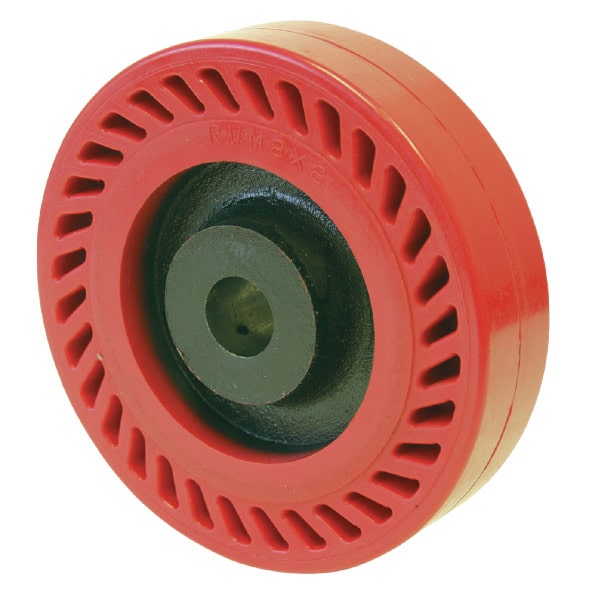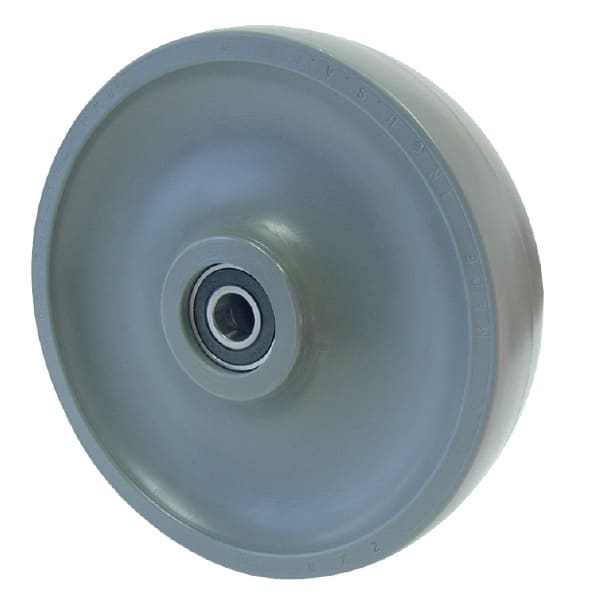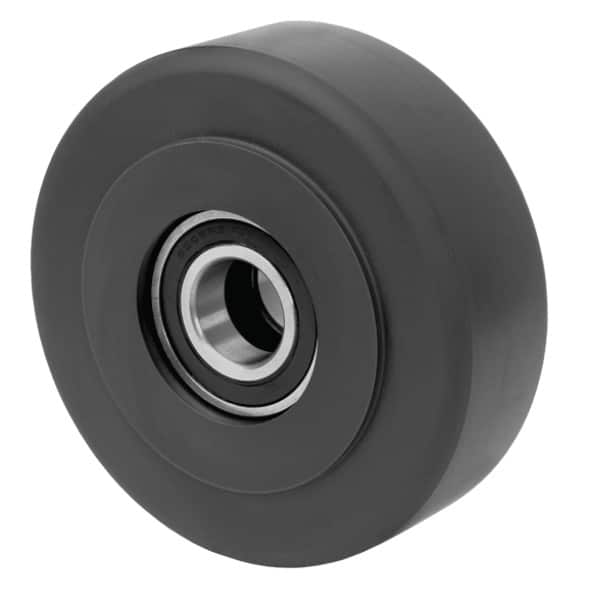It’s important to understand what the difference between a drawing and a model is when working with customers who require such files. This information is vital when working with engineers or fabrication customers who need specific file formats to integrate designs with their systems. Drawings can be used to make models and vice versa, but it’s typically easier to translate a model into a drawing than it is to develop a model from a drawing. However, both can be accomplished.
Drawings:
A drawing is a two-dimensional perspective of the product in relative scale, like a picture. Drawings serve as representations of a product and typically include orthographic (2D) views from the top, side and front of the item, as well as an isometric (3D) view of the product. These views are often labeled with dimensions that are critical to the product or the customer’s specific application such as overall height, swivel lead, bolt hole spacing, etc. They can also include crucial and specific tolerances necessary in the products design and manufacturing process.
Often, drawings are used to manufacture complex individual components of products or as an easy overview of a final product assembly for customer review or approval. Most commonly, drawings are distributed in two formats. Drawings for production and fabrication come in DWG (AutoCAD) format, while drawings used for customer approval are often in PDFs. However, they can be made in hundreds of formats. Fabricators, machinists, and welders depend on component drawings to produce parts to specification.
Models:
A model is a complex to-scale 3D representation of a product that includes all surfaces and displays all angles, like a sculpture. Models can be incorporated into larger assemblies and manipulated in space to view different angles and parts as they interact with one another in three dimensions. While drawings work well to visually determine the size and dimensions of a product for manufacturing, a model is used to see how sub-assemblies and multiple parts will react with on another when placed together. For example, a model provides how a tooling fixture will look and sit with a particular caster type.
Engineers rely on models to verify that the final product will assemble and work properly. For example, models of 8 ball bearings can be integrated with four wheels going into four casters. Together, these can be incorporated into a tooling manufacturer’s engine stand design, which can then be integrated with the aviation company’s engine. This can further be integrated with the airplane manufacturer’s plane, which can be placed into an airport layout design and so on. They are integral throughout the process of production and manufacturing.
Typical file extensions for 3D models include IGS, STP, and SAT, with each computer aided drafting program utilizing unique file extensions such as IPT and IAM for Autodesk inventor. It’s important to get the correct file type to the customer as not all CAD programs can utilize the same file formats. Another beneficial aspect of the model is the ability to have certain parameters applied to it, such as material properties and load stresses. Through finite element analysis, models can be tested similar to their real-life counterparts to verify the structural integrity of an item before it’s manufactured.

